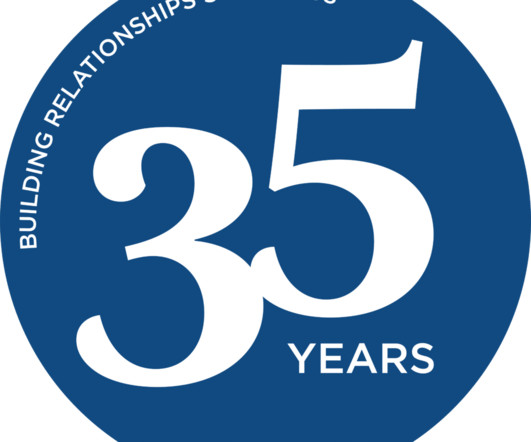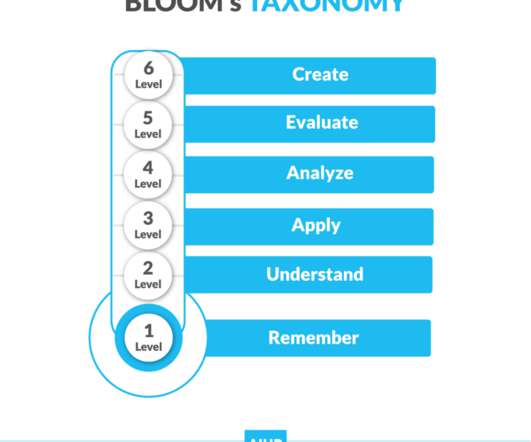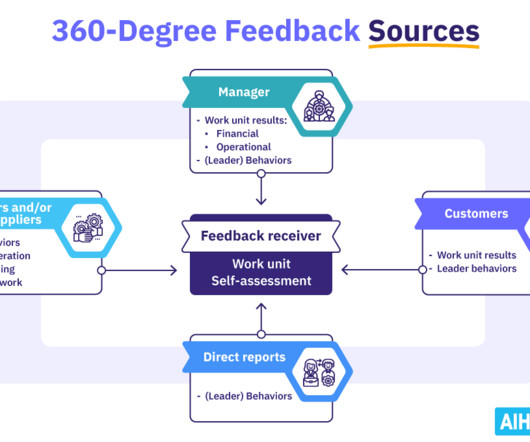People Analytics and HR-Tech Reading List
Littal Shemer
OCTOBER 11, 2022
This list of People Analytics and HR-Tech books is not exceptional. So here is my People Analytics and HR-Tech reading list on Kindle (no paper books, as I like the trees), ordered chronologically from newest to oldest. People Analytics – Build the Value Chain This book, by Littal Shemer Haim , is not a typical textbook.




























Let's personalize your content